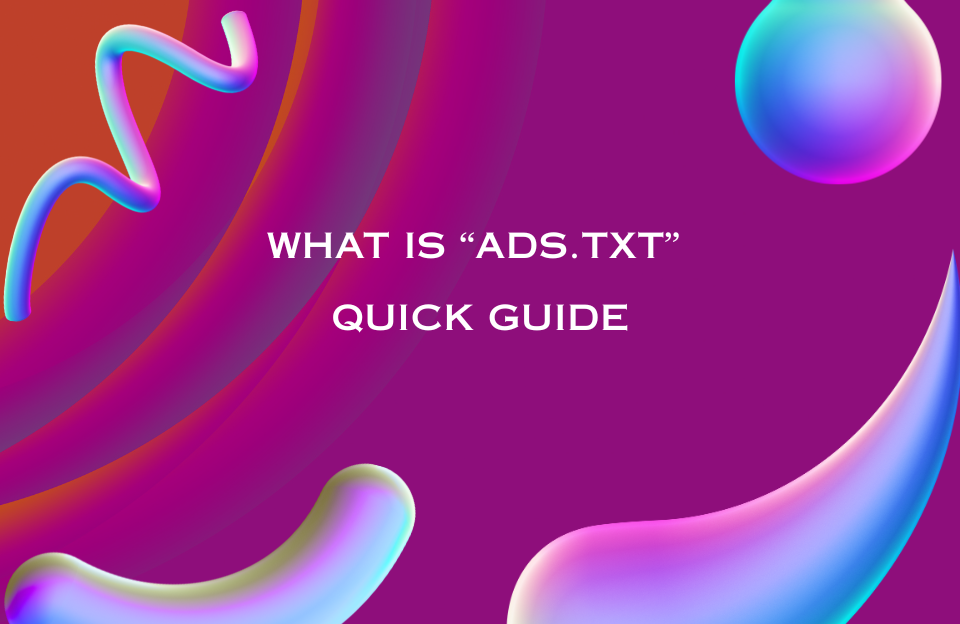Testimonials blocks are curated sections on a web page that showcase real customer feedback, helping you build credibility and trust with potential clients. When used strategically, they can significantly increase your conversion rates—especially on landing pages, product pages, and lead forms.
What Are Testimonial Blocks?
Testimonial blocks are design components that feature short quotes, customer photos, star ratings, company logos, or video clips. They’re typically used to highlight the satisfaction and success of real users with your product or service. Unlike long-form case studies, these are short, punchy, and embedded directly into the user journey.
Why Testimonials Matter
- Build trust: Visitors are more likely to believe peer experiences than brand claims.
- Reduce hesitation: Testimonials address objections and reassure uncertain users.
- Boost conversions: Social proof placed near CTAs improves action rates.
- Improve SEO and AI visibility: Testimonials with schema markup can appear in rich results or AI-generated summaries.
Key Elements of a Strong Testimonial Block
- Quote: A short, authentic message from the customer
- Name & photo: Personalization adds legitimacy
- Job title or company: Adds authority and context
- Optional elements: Star ratings, company logo, or link to full case study
Placement Tips
- Above or near CTAs on landing pages
- Next to pricing sections
- Within product detail pages
- Embedded in blog posts or guides as trust boosters
Trends in Testimonial Design
- Video testimonials: Increasingly common due to authenticity
- Carousel blocks: Space-saving sliders with multiple reviews
- AI-generated layouts: Smart testimonial layouts adapted to user behavior
- Real-time testimonials: Tools like Proof or Endorsal that show live customer activity
Example Use Case
A SaaS company redesigned their pricing page to include a 3-column testimonial block below each pricing tier. Within a month, their free trial signups increased by 28%. The testimonials addressed common objections like ease of onboarding and customer support—removing key friction points.
Tools to Manage Testimonials
- Endorsal / Senja: Collect, organize, and embed testimonials easily
- Loox (Shopify): Showcase customer photo reviews
- Google Reviews widgets: Show real reviews with live updates
- Structured data tools: Add testimonial schema for better SEO
Schema Markup for Testimonials
To increase visibility in search and AI tools, add structured data to testimonial content. Use the Review or Rating schema in combination with Person or Organization. This helps Google and AI models identify and trust the feedback.
Example JSON-LD Snippet
{
"@context": "https://schema.org",
"@type": "Review",
"reviewBody": "The onboarding process was seamless and support was exceptional!",
"author": {
"@type": "Person",
"name": "Jane Doe"
},
"reviewRating": {
"@type": "Rating",
"ratingValue": "5",
"bestRating": "5"
}
}Best Practices
- Use real names and faces for authenticity
- Keep it short and impactful—1 to 3 sentences max
- Include testimonials that address specific concerns or objections
- Refresh regularly with new and diverse customer voices
- Test different placements and formats (cards, sliders, stacked)
Conclusion
Testimonial blocks are a simple yet powerful element of persuasive web design. Whether you’re trying to convince visitors to start a trial, buy a product, or fill out a contact form—social proof increases confidence and reduces risk. When integrated properly, they serve as quiet but convincing salespeople on every page.




